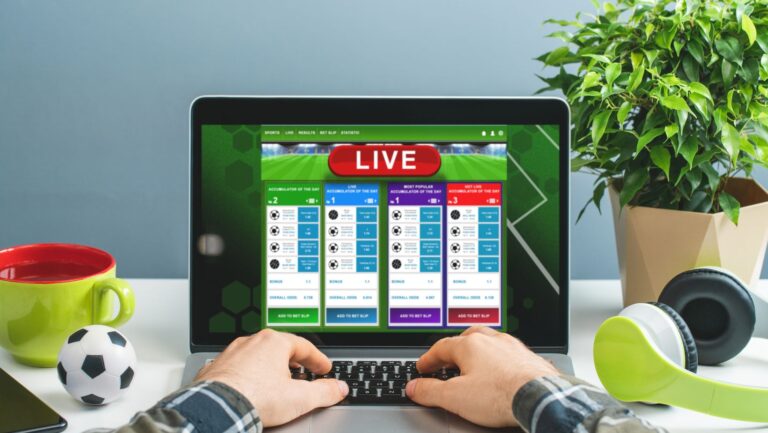Laptops for Blind
When it comes to technology, accessibility is a crucial aspect that should not be overlooked. One area where this is particularly important is in providing laptops for the blind. These specialized devices are designed to cater to the unique needs and challenges faced by individuals with visual impairments, empowering them to navigate the digital world with greater ease and independence.
Laptops for the blind incorporate various features and assistive technologies that enhance usability for visually impaired users. For instance, they often come equipped with screen reader software, which converts on-screen text into synthesized speech or Braille output. This enables individuals who are blind or have low vision to access information, read documents, browse websites, and engage in various online activities.
Choosing the Right Laptop for Blind Users
When it comes to finding the perfect laptop for blind users, there are a few key factors to consider. The right combination of features and accessibility options can make all the difference in enhancing their computing experience. Here are some important considerations when selecting a laptop for blind users:
- Screen Reader Compatibility: One of the most crucial aspects is ensuring that the laptop is compatible with screen reader software. Screen readers provide auditory feedback by reading aloud the text displayed on the screen, allowing blind users to navigate through applications and websites effectively. Look for laptops that offer built-in support or compatibility with popular screen reader programs like JAWS (Job Access With Speech) or NVDA (NonVisual Desktop Access).
- Braille Display Support: For blind users who rely on braille as their primary means of communication, having a laptop that supports external braille displays is essential. These devices convert digital text into tactile information, enabling users to read and interact with content using their fingers. Ensure that the laptop has compatible ports or wireless connectivity options to connect with braille displays seamlessly.
- Keyboard Layout and Tactile Feedback: A well-designed keyboard can greatly enhance usability for blind users. Look for laptops with clear tactile markings on keys, making it easier for them to locate specific keys without relying solely on visual cues. Additionally, an ergonomic keyboard layout can improve typing speed and accuracy.
- Accessibility Features: Apart from screen reader compatibility, explore other built-in accessibility features offered by different operating systems such as magnification tools, high contrast modes, voice control options, and customizable settings to suit individual preferences.
- Portability and Battery Life: Consider the portability factor based on how the laptop will be used by blind individuals – whether it’s primarily stationary or if they require mobility in different environments. Opting for lightweight models with long battery life can ensure uninterrupted usage throughout the day.
Remember that every visually impaired individual has unique needs and preferences, so it’s crucial to involve them in the decision-making process. Consulting with blind users or organizations that specialize in assistive technology can provide valuable insights into which laptops offer the best experience for their specific requirements.

Accessibility Features for Blind Users
When it comes to choosing laptops for blind users, there are several key features and technologies that can greatly enhance their computing experience. These accessibility features are specifically designed to cater to the needs of individuals with visual impairments, allowing them to navigate and interact with their laptops more effectively. In this section, I will discuss some of the essential accessibility features that make laptops more user-friendly for blind individuals.
- Screen Readers: One of the most important tools for blind users is a screen reader software. Screen readers utilize text-to-speech technology to convert on-screen text into spoken words, enabling users to audibly hear what is displayed on their laptop screens. Popular screen reader software options include JAWS (Job Access With Speech), NVDA (NonVisual Desktop Access), and VoiceOver for Mac OS.
- Magnification Tools: Another useful feature for visually impaired users is magnification software or built-in magnifier applications. This feature allows users to enlarge specific areas of the screen, making it easier for them to read text or view images in greater detail. With adjustable zoom levels and customizable settings, these tools offer flexibility based on individual preferences.
- Braille Support: Many modern laptops provide support for Braille displays or Braille keyboards, enabling blind users who are proficient in Braille to efficiently input and read information on their devices through tactile feedback. This integration allows them to access digital content without solely relying on auditory output.
- High Contrast Themes: Adjusting visual aspects such as color contrast can significantly enhance visibility for visually impaired individuals using laptops. High contrast themes or inverted colors can make it easier to distinguish between different elements on the screen and improve readability.
- Keyboard Shortcuts and Gestures: Laptops equipped with customizable keyboard shortcuts and touchpad gestures provide increased efficiency and convenience for blind users by reducing reliance on mouse navigation. These shortcuts allow quick access to frequently used functions, while gestures enable users to navigate through applications and menus with ease.
By incorporating these accessibility features into laptops, manufacturers are making technology more inclusive and empowering for blind users. These tools enable individuals with visual impairments to access information, communicate, and engage in various activities on their laptops independently.




